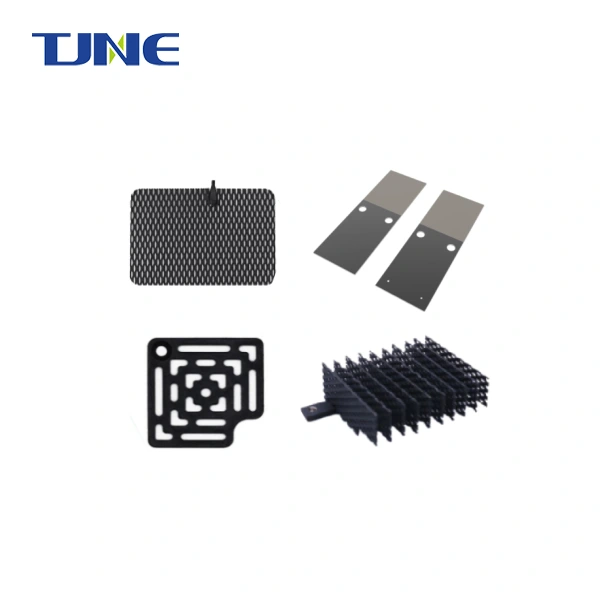- English
- French
- German
- Portuguese
- Spanish
- Russian
- Japanese
- Korean
- Arabic
- Greek
- German
- Turkish
- Italian
- Danish
- Romanian
- Indonesian
- Czech
- Afrikaans
- Swedish
- Polish
- Basque
- Catalan
- Esperanto
- Hindi
- Lao
- Albanian
- Amharic
- Armenian
- Azerbaijani
- Belarusian
- Bengali
- Bosnian
- Bulgarian
- Cebuano
- Chichewa
- Corsican
- Croatian
- Dutch
- Estonian
- Filipino
- Finnish
- Frisian
- Galician
- Georgian
- Gujarati
- Haitian
- Hausa
- Hawaiian
- Hebrew
- Hmong
- Hungarian
- Icelandic
- Igbo
- Javanese
- Kannada
- Kazakh
- Khmer
- Kurdish
- Kyrgyz
- Latin
- Latvian
- Lithuanian
- Luxembou..
- Macedonian
- Malagasy
- Malay
- Malayalam
- Maltese
- Maori
- Marathi
- Mongolian
- Burmese
- Nepali
- Norwegian
- Pashto
- Persian
- Punjabi
- Serbian
- Sesotho
- Sinhala
- Slovak
- Slovenian
- Somali
- Samoan
- Scots Gaelic
- Shona
- Sindhi
- Sundanese
- Swahili
- Tajik
- Tamil
- Telugu
- Thai
- Ukrainian
- Urdu
- Uzbek
- Vietnamese
- Welsh
- Xhosa
- Yiddish
- Yoruba
- Zulu
Electrolytic copper foil is a type of copper foil manufactured through the electrolysis process, where copper ions are deposited onto a cathode drum. Here are key points about electrolytic copper foil:
Manufacturing Process:
High-purity copper is dissolved in acid to form a copper electrolyte solution.
The solution is pumped into an electrolyzer where an electrically charged rotating titanium drum is partially immersed.
Dimensionally stable anodes (DSAs) are fixed around the drum.
As an electric field is applied between electrodes, a thin film of copper is electrodeposited onto the drum surface.
The drum speed controls the thickness of the deposited copper foil.
Applications:
Electrolytic copper foil is used in various applications, including:
Printed circuit boards (PCBs) for telecommunications equipment like PCs and mobile phones.
Current collectors in lithium-ion batteries for consumer electronics.
Electromagnetic wave shields in plasma displays (PDPs).
Properties and Quality:
Electrolytic copper foil can have a matte or rough surface, with a roughness of 2 μm or less.
The foil can be produced with specific thicknesses, such as 10 μm, and has properties like tensile strength, elongation rate, and weight resistance.
Equipment and Additives:
The production line includes essential components like the cathode drum, anode plates, electrolytic bath, and winding equipment.
Additives like sulfonic acid-denatured polyvinyl alcohol (TA-02F) and sodium 3-mercapto-1-propane sulfonate (MPS) are used to enhance the quality of the foil.
Electrolytic Copper Foil include: DSA ANODE.

